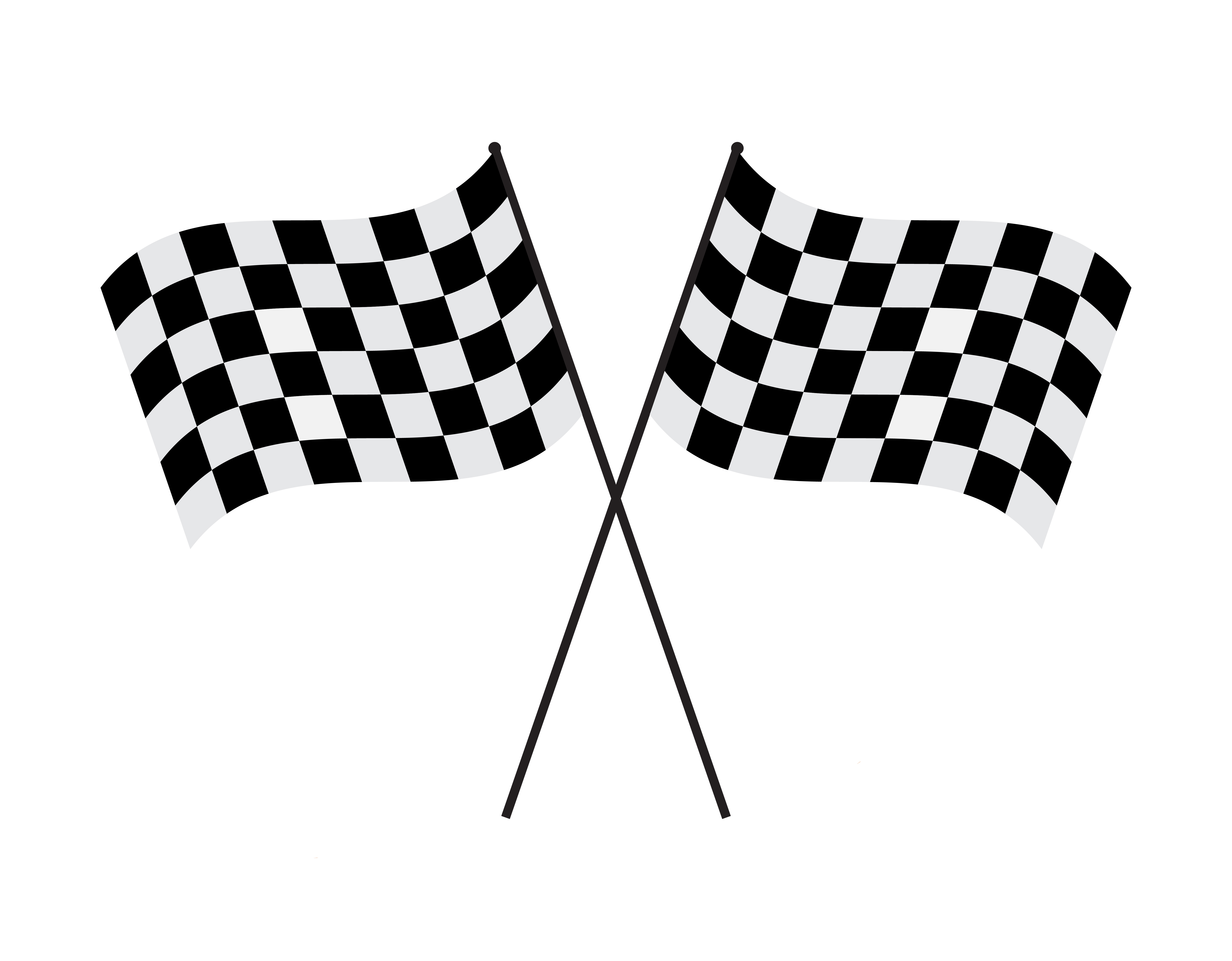

While boaters around the world use nautical flags to communicate common scenarios, particular situations call for their own language. Flags are sometimes exclusive or secret language. Three or more flags can include pendants and denote things like points of the compass, geographical signals, names of ships, time and position, as well as latitude and longitude. In fact, signals with two nautical flags typically mean some type of distress or maneuvering issue.

More accurately, each represents the international code word connected to the letters of the alphabet, such as Alpha, Bravo, Charlie, Delta, and so on. There are 26 square nautical flags, each representing a different letter of the alphabet. They’re the ones you’re more likely to see in common boating situations. Since this is a “flags 101” article, we’ll focus on the squares and pendants. You’ll additionally see what’s called substitutes (alternately called repeaters), which are triangles. Nautical flags mostly take the forms of squares, though you’ll also see pendants, which are triangular with a flat tip. If you’re curious as to the deeper meaning behind these signals, here’s some nautical flags know-how. So, too, do everyday boaters, using them to instantly notify surrounding and approaching craft of situations like a diver in the water or an emergency. In fact, naval personnel use nautical flags to communicate with allied forces as well as their own ships. The practice dates back to ancient times, being the most effective way to send messages in a snap. Despite our ever-connected world, even in the middle of the ocean, mariners of every stripe still use nautical flags to communicate. Step aboard any boat of any size, and you’ll find all sorts of electronic navigation and communication gear.


 0 kommentar(er)
0 kommentar(er)
